McKinney Bay Slide: The 300-Foot Tall Tsunami That Ripped Through Lake Tahoe
Researchers have left Americans astounded with a shocking revelation after proposing the serene and beloved Lake Tahoe was hit with a tsunami several thousands of years ago, unleashing waves that soared over 300 feet high.
Professor Richard Schweickert, a dedicated geologist who has devoted most of his life to collecting evidence on ancient tsunamis that swept through the region, was one of the leading figures who originally proposed the terrifying event.
Lake Tahoe
Lake Tahoe is a scenic tourist destination nestled on the border of California and Nevada. It’s the second deepest lake in North America, extending downwards for an impressive 1,600 feet.
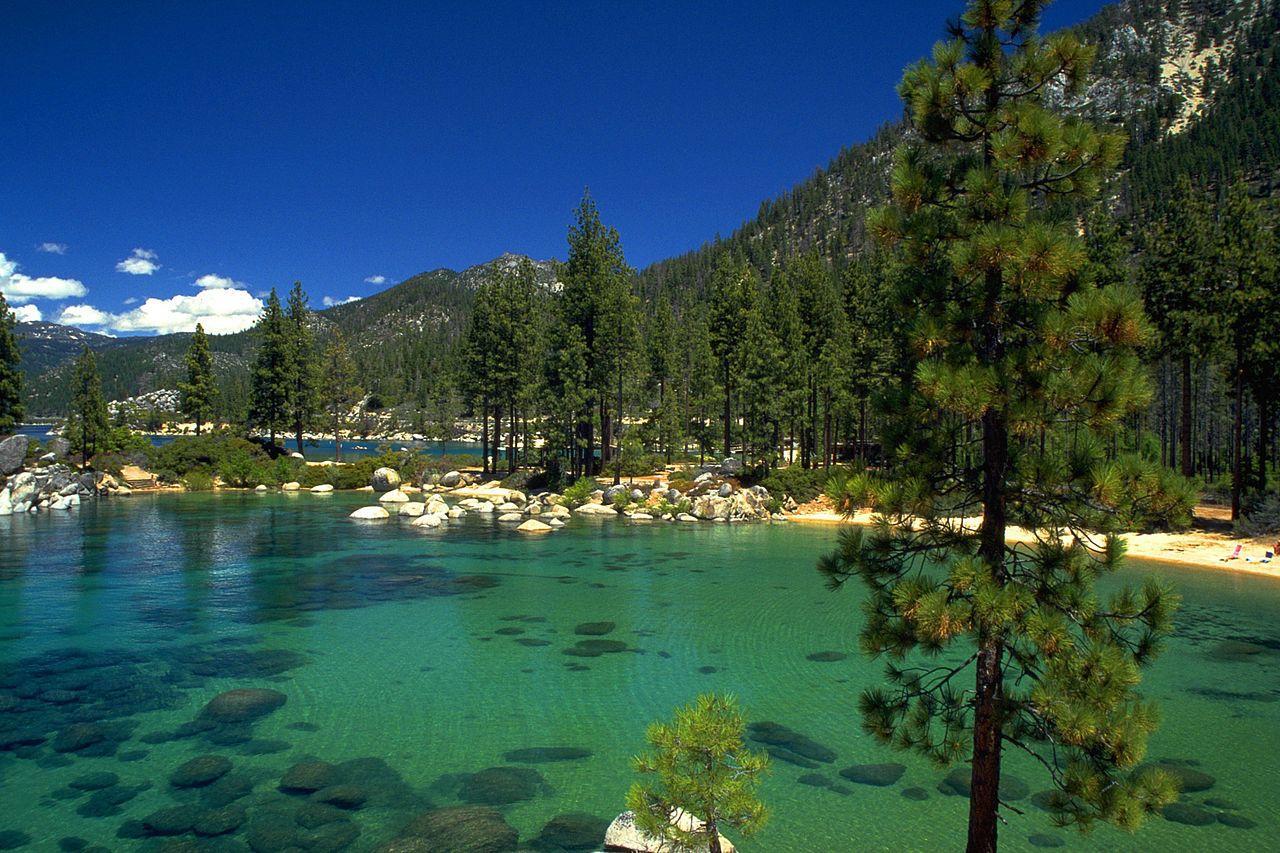
Source: Wikimedia
The shores of the lake were a vital source of water and sustenance for Native American tribes that lived in the region for thousands of years in pre-Columbus times.
Temperamental Nature of Lake Tahoe in the Past
Despite being a lake that many deem perfect for fishing, kayaking, scuba diving, and other water activities, this body of water may have been a lot more temperamental in the past than once thought.
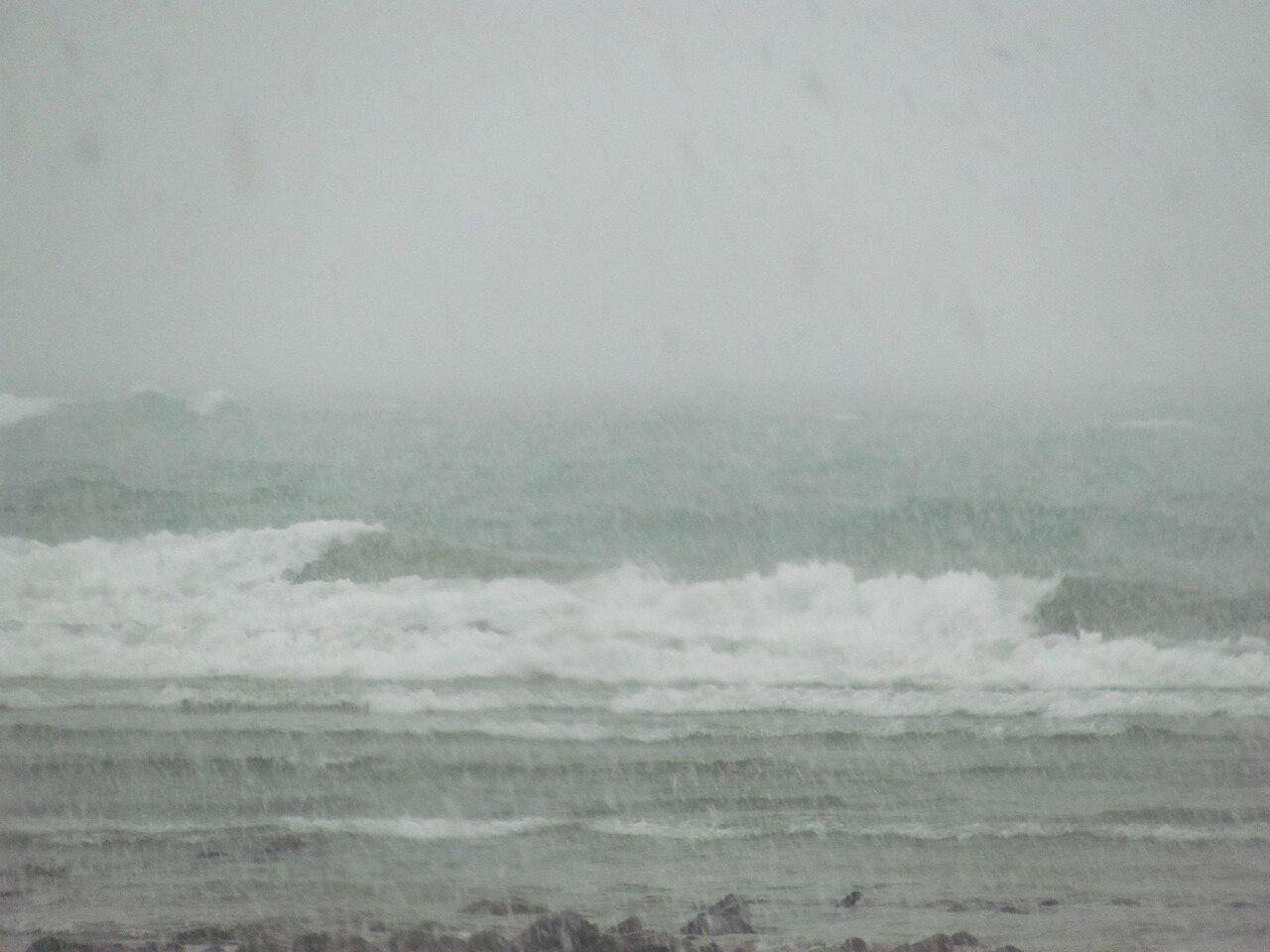
Source: Wikimedia
Several thousands of years ago, the lake may have experienced a tsunami with waves reaching over 300 feet tall, explained Schwrickert, a retired University of Nevada professor
Tsunamis at Lake Tahoe
The professor spent most of his adult career working in the Sierra Nevada, collecting data on tsunamis that occurred at Lake Tahoe.

Source: Freepik
While Schweickert is sure a cataclysmic tsunami once wreaked havoc at Lake Tahoe, the researcher is uncertain as to when it occurred. He suggested an earthquake in the basin brought forth the tidal waves anywhere from 20,000 to 10,000 years ago.
Earthquake Faults Near Lake Tahoe
Schweickert began working alongside Jim Hardener of the United States Geological Survey in 2005, who had previously released a map of earthquake faults in the region.
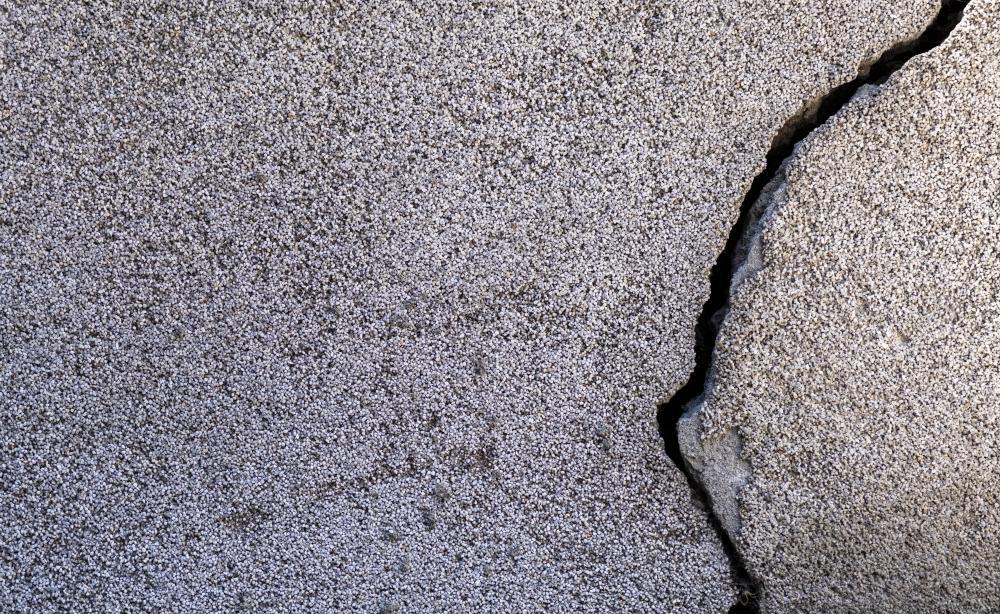
Source: Wikimedia
Gardner’s map detailed a landslide that happened at McKinney Bay, alongside various other indications that an ancient tsunami occurred in the region.
Students Map Below Lake Tahoe
Well over a decade ago, Schweickert and colleagues were in the middle of collecting data on land when Christopher Kitts, an associated mechanical engineering professor at Santa Clara University, arrived at Lake Tahoe with a group of students.
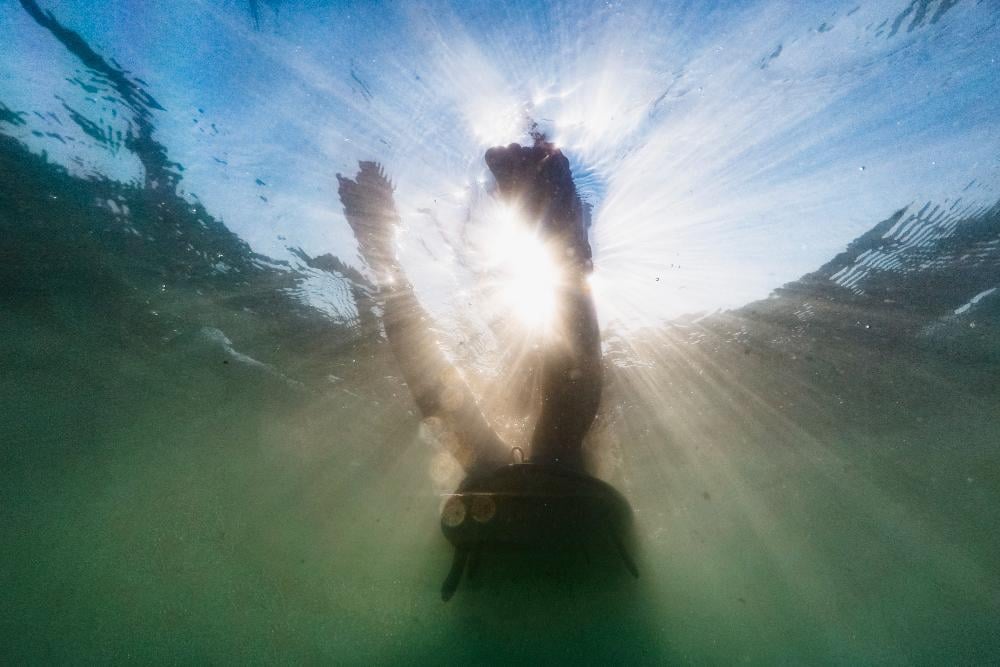
Source: Freepik
Kitts, who served as the director of the university’s Robotics Systems Laboratory, took the students and equipment to scan beneath the lake’s surface. “We began to realize there is underwater evidence that could also be attributed to the tsunami,” Schweickert told the Tahoe Daily Tribune.
Team of Researchers Make a Fascinating Discovery
During a study, Schweickert and a group of researchers, including Winnie Kortemeier from Western Nevada College, discovered evidence of “boulder ridges” that had never previously been identified at the lake.

Source: Freepik
These unique ripples are similar to those witnessed on the beach as one walks along the shore; however, they are much larger. The researchers theorized the force of enormous waves formed them.
Mega Ripples at the Northwestern Side of Lake Tahoe
The researchers discovered the mega ripples at four locations on the northwestern side of the lake. Some were as much as 6.5 feet tall and over 6,500 feet long.

Source:
According to Schweickert, the “mega ripples” theory implies “mega waves.”
Scientists Investigation Underwater Features at Lake
The team of researchers spent more than a month using robotics to investigate underwater features at the lake. They found enormous vertical canyons, some 200 feet long, carved into the rock at places such as Rubicon Point.
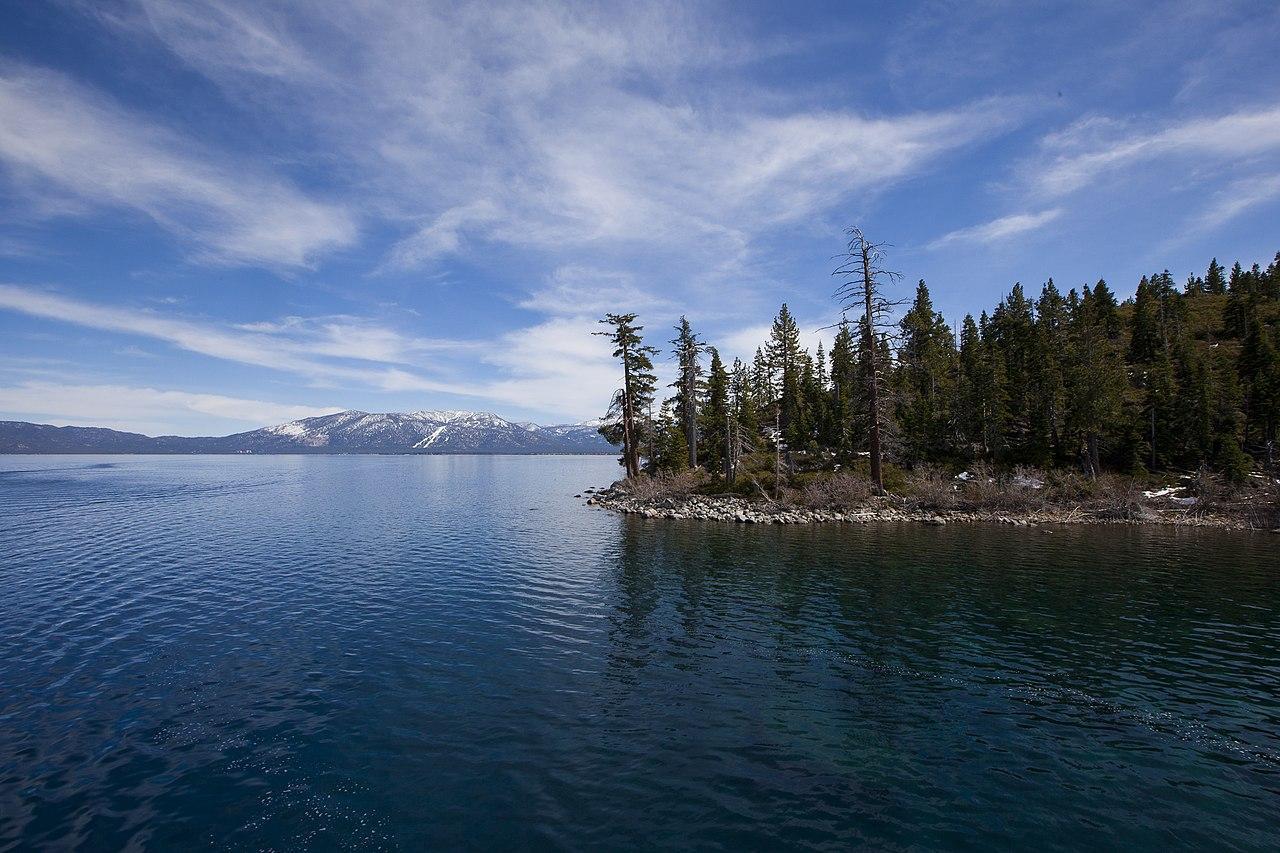
Source: Wikimedia
“A mass amount of water had to have been thrown out onto the shores that poured back in carving the sidewalls,” said Schweickert. “Extremely large volumes of water were pouring into the sides of the lake.”
Unique Features of Lake Tahoe
The scientists working at Lake Tahoe noted that a great number of deep canyons are carved into the rock, the largest of which is located near Tahoe Keys in South Lake Tahoe.
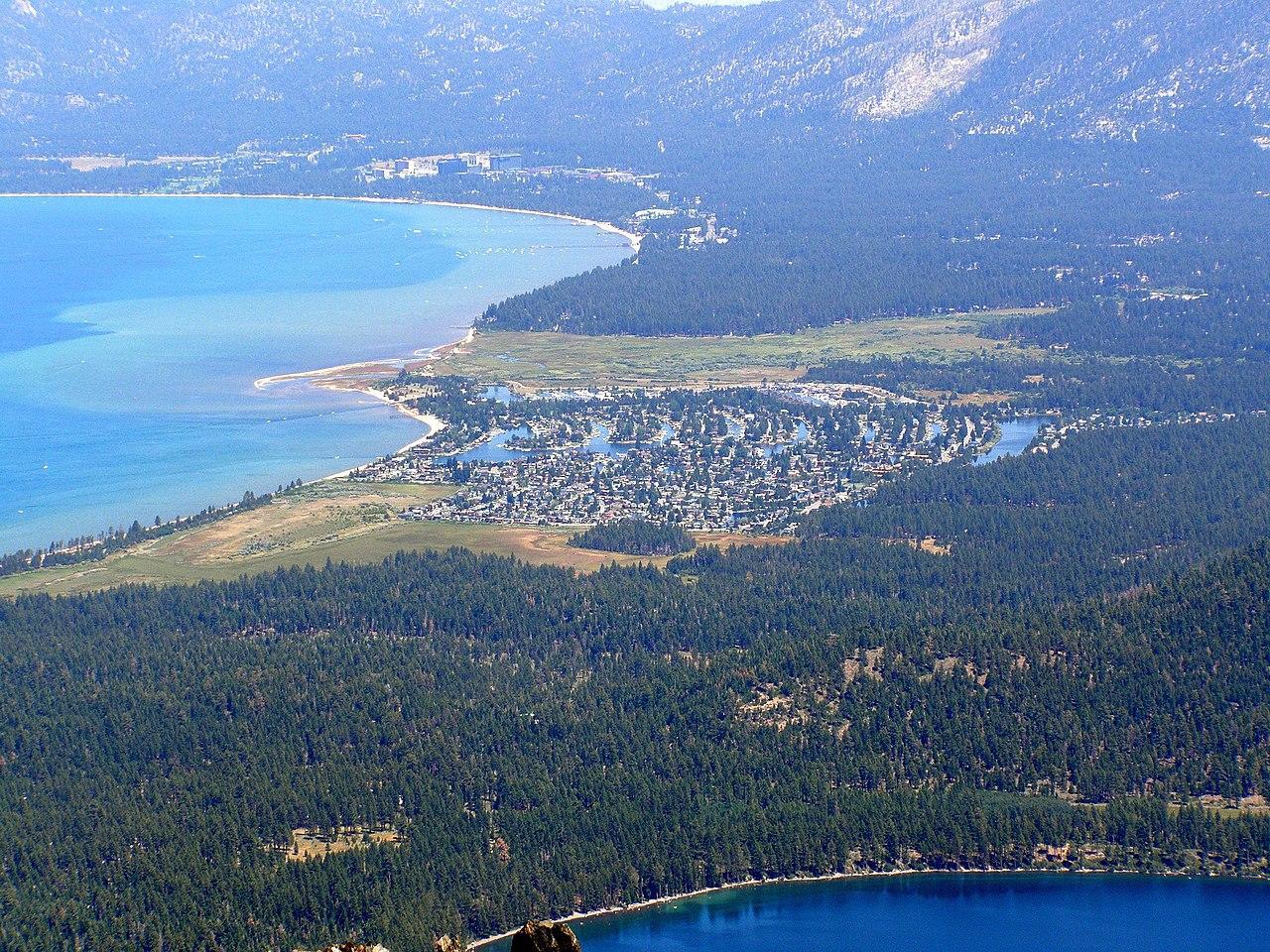
Source: Wikimedia
“The landslide generated such large waves that they flooded low areas around the sides of the lake and produced these features,” Schweickert said. “Lake Tahoe is the only lake we are aware of that has features like this, out of anywhere else in the world that has been documented.”
300-Foot Waves at Lake Tahoe
Schweickert and his colleagues used all of this combined evidence to suggest that an enormous earthquake hit the region surrounding Lake Tahoe in ancient times, resulting in over 5.6 cubic kilometers of dirt sliding into the body of water.
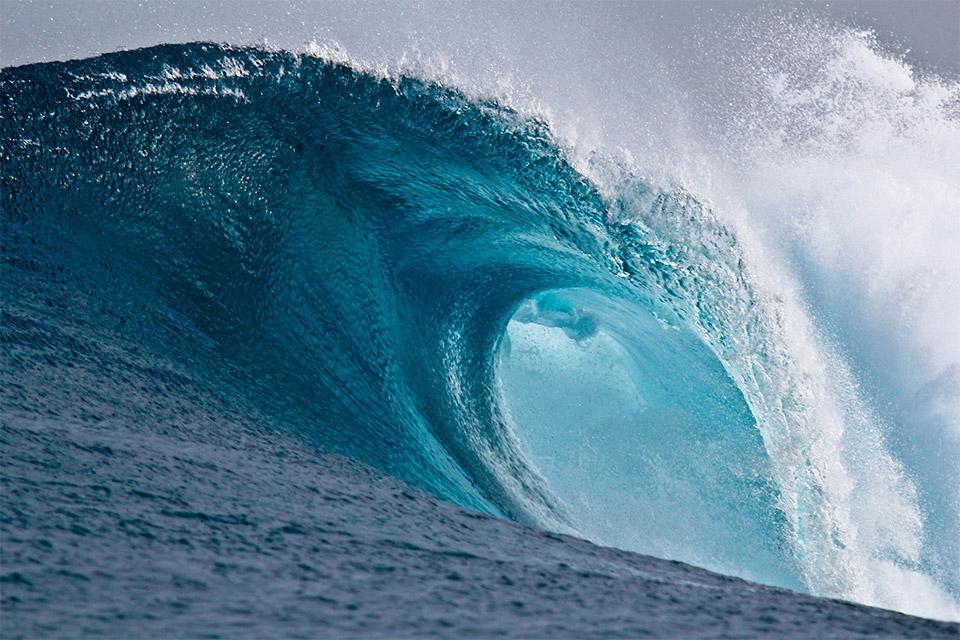
Source: Wikimedia
This triggered an enormous tsunami that splashed waves up to 300 feet into the air and lowered the overall depth of the lake by at least 33 feet for an extended period of time.
The Results of the Tsunami
The monstrous waves would have reached as far as the upper Truckee River Canyon. Vast portions of the countryside would have been destroyed, and enormous amounts of sediment would have flowed into the lake.
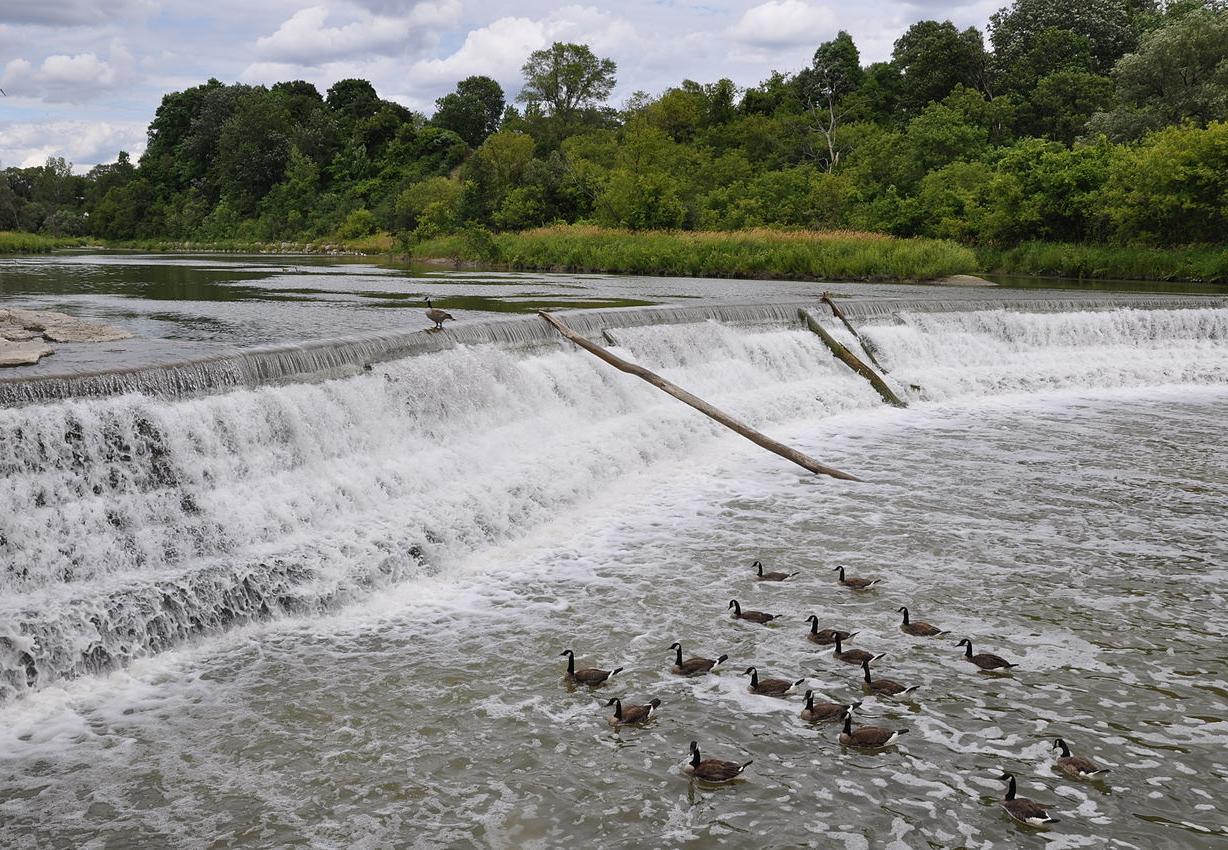
Source: Wikimedia
Researchers have theorized that the Glenbrook and Zephyr Cove areas and Stateline to Baldwin Beach in South Lake Tahoe were the worst affected. Schweickert explained that such an event is poised to happen again in the future, stating, “There is no way to predict if it’s 20,000 or 20 years from now.”
